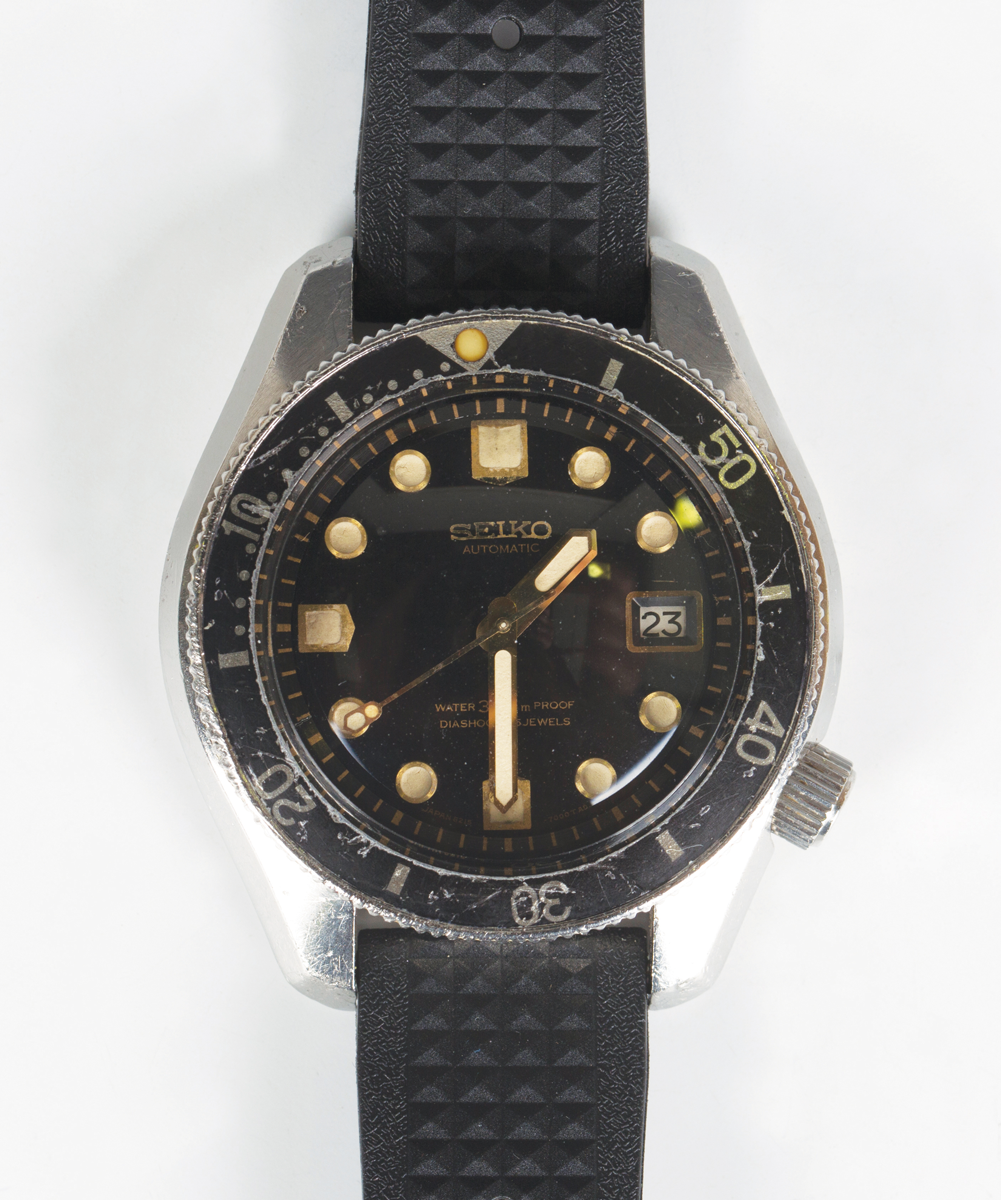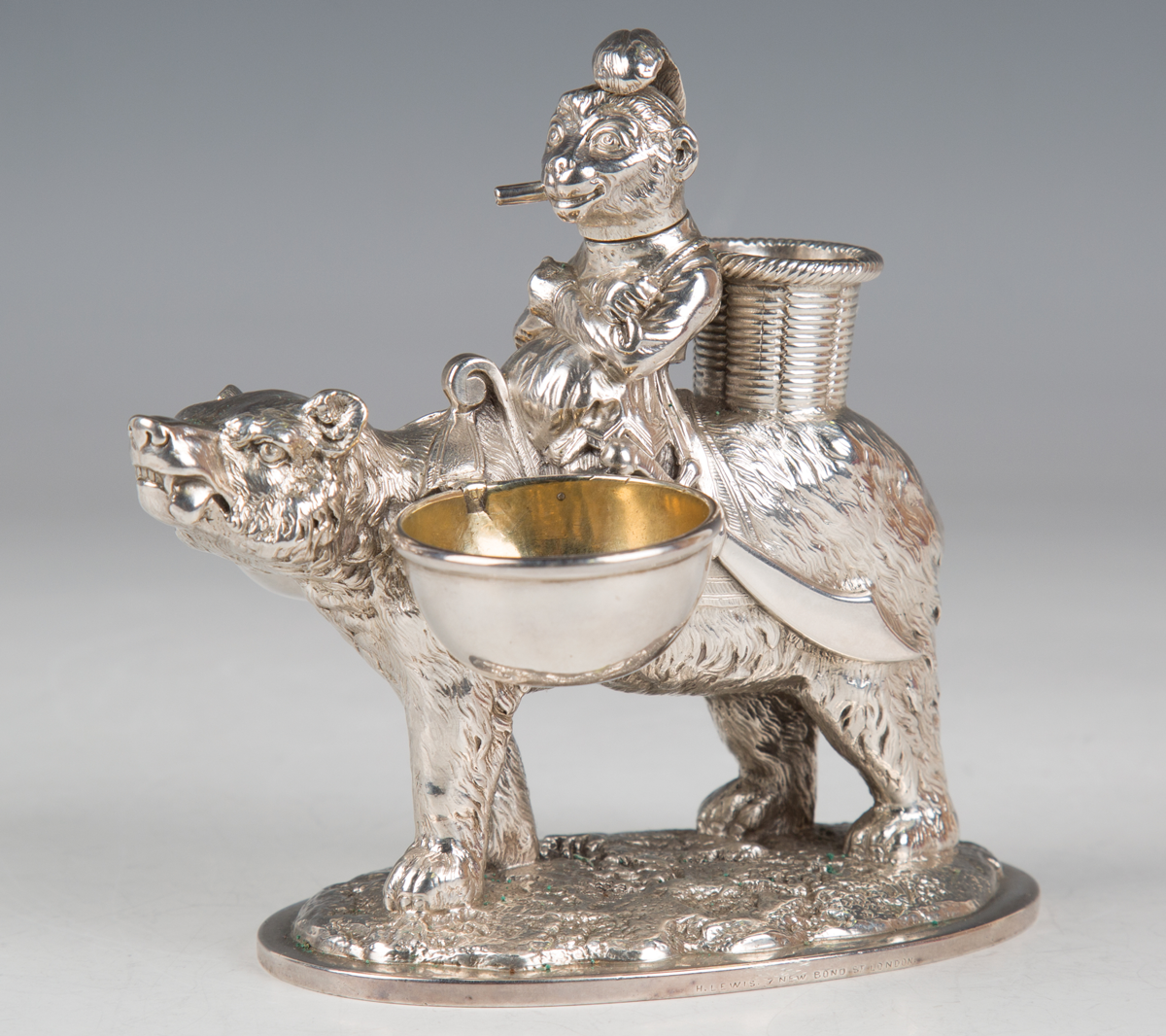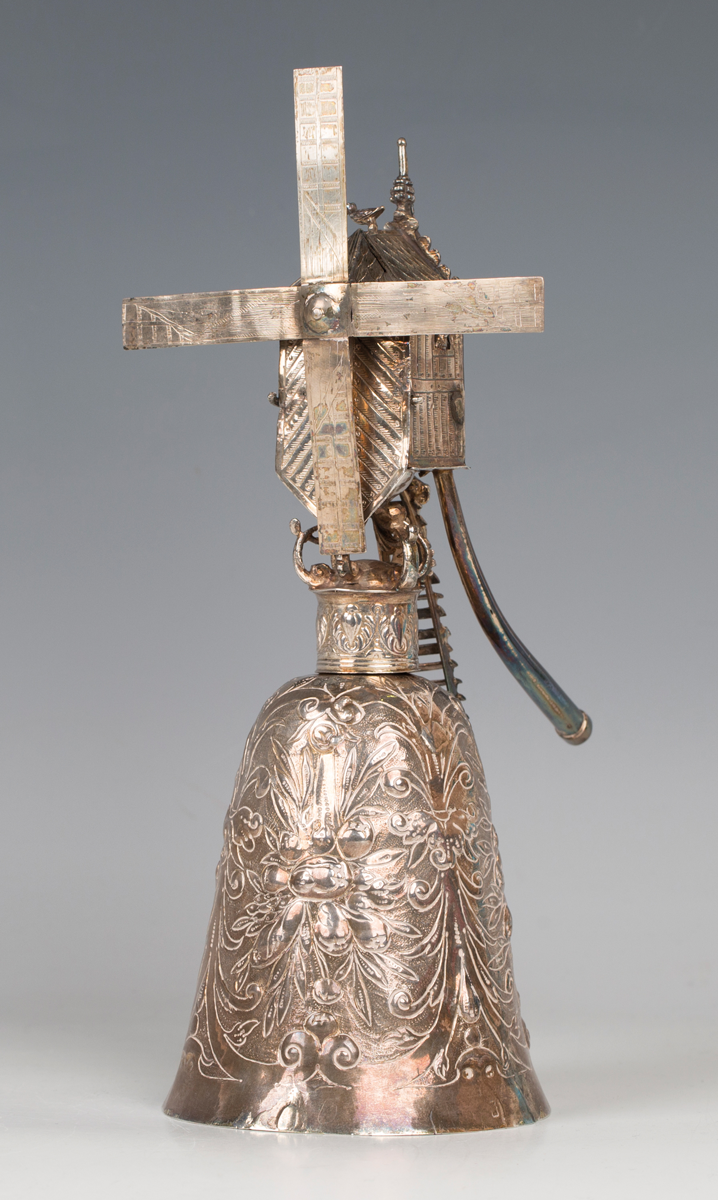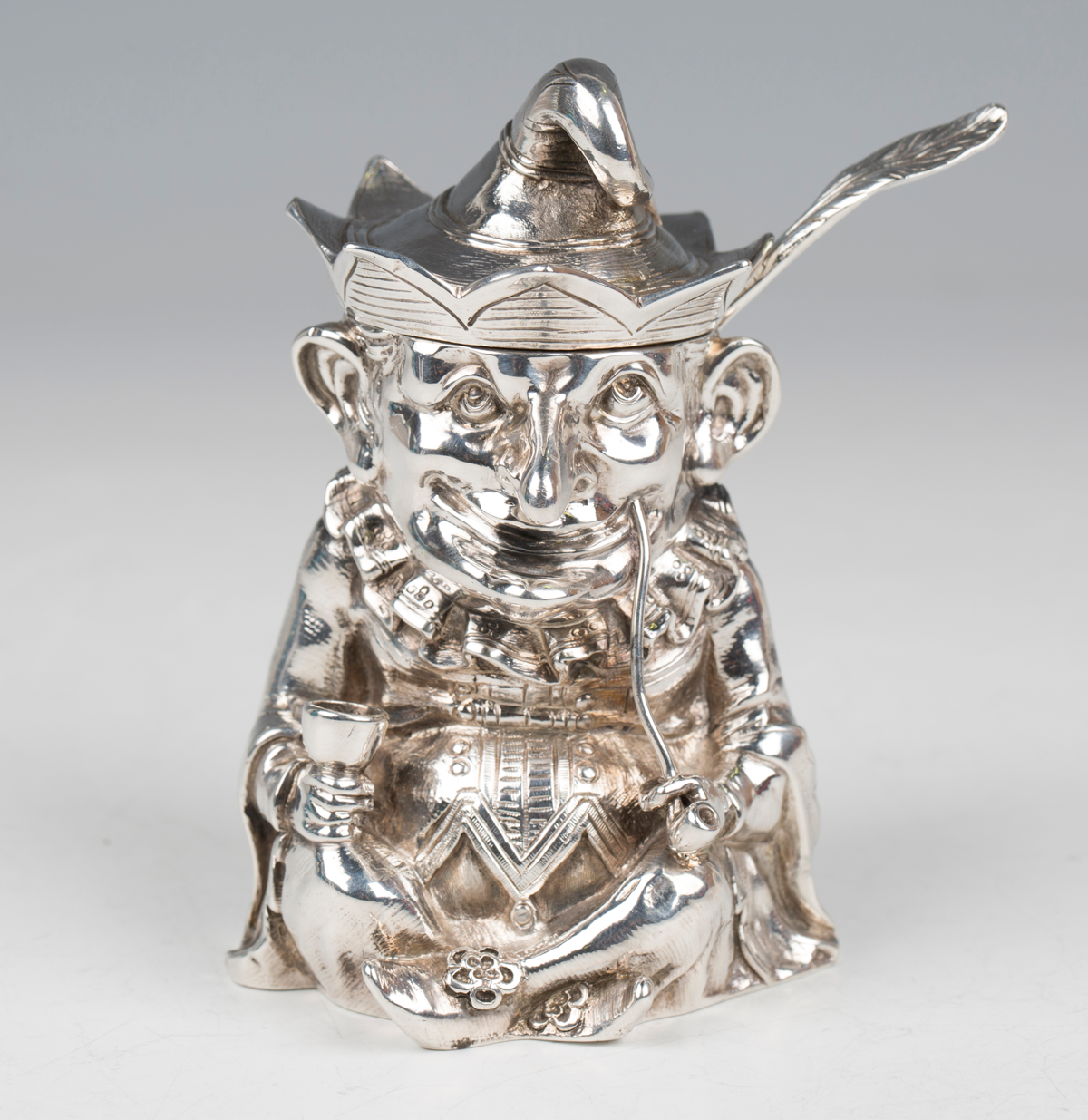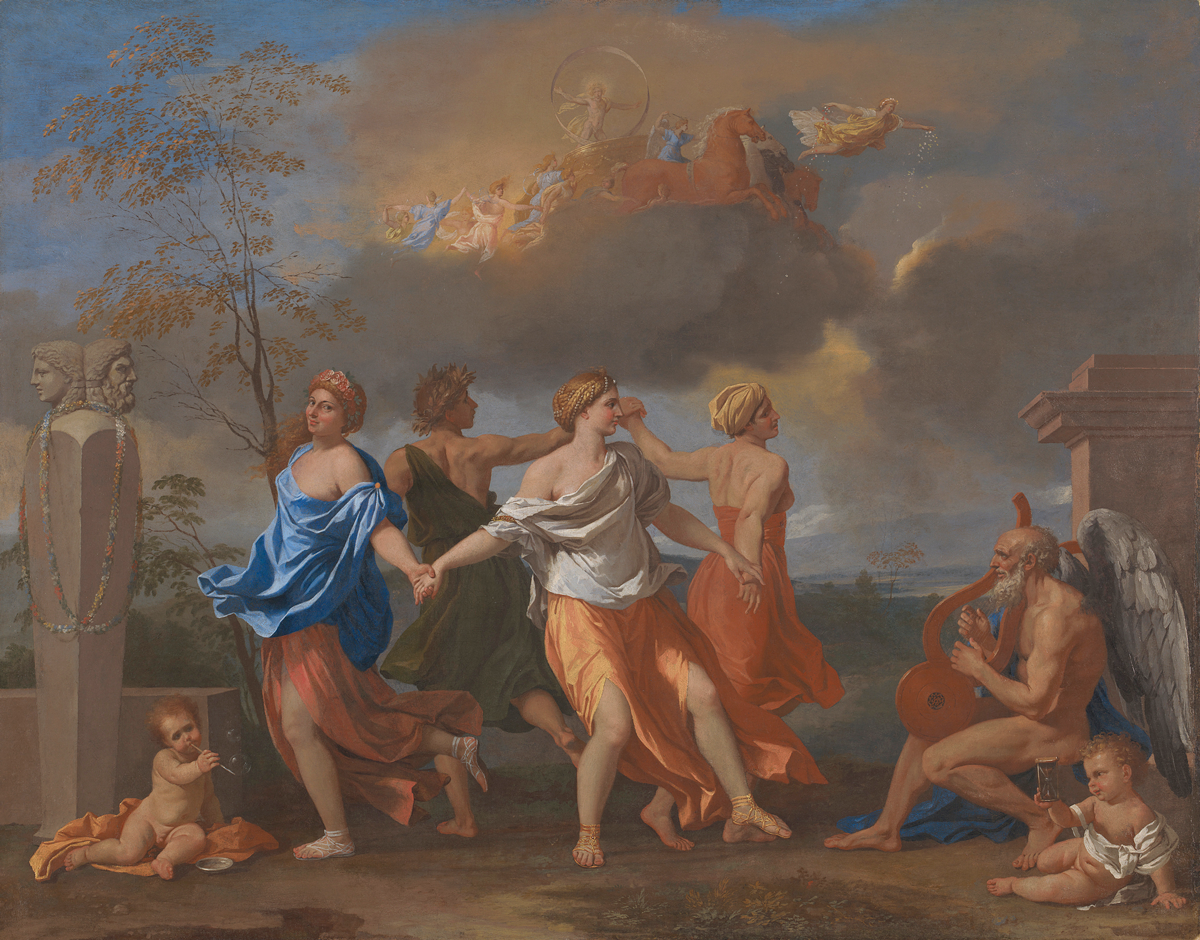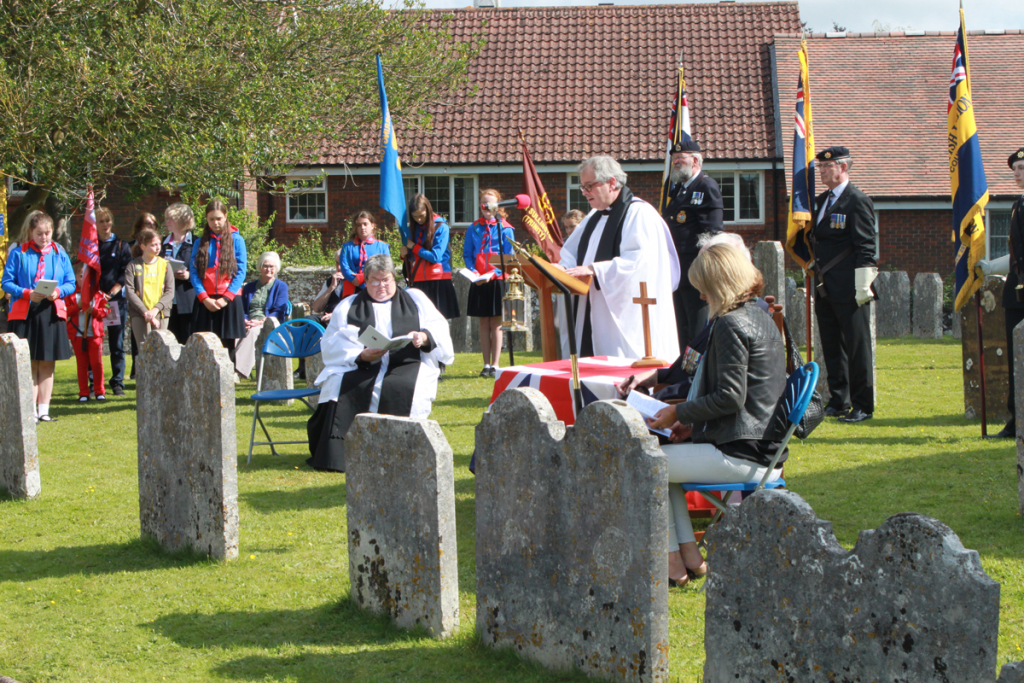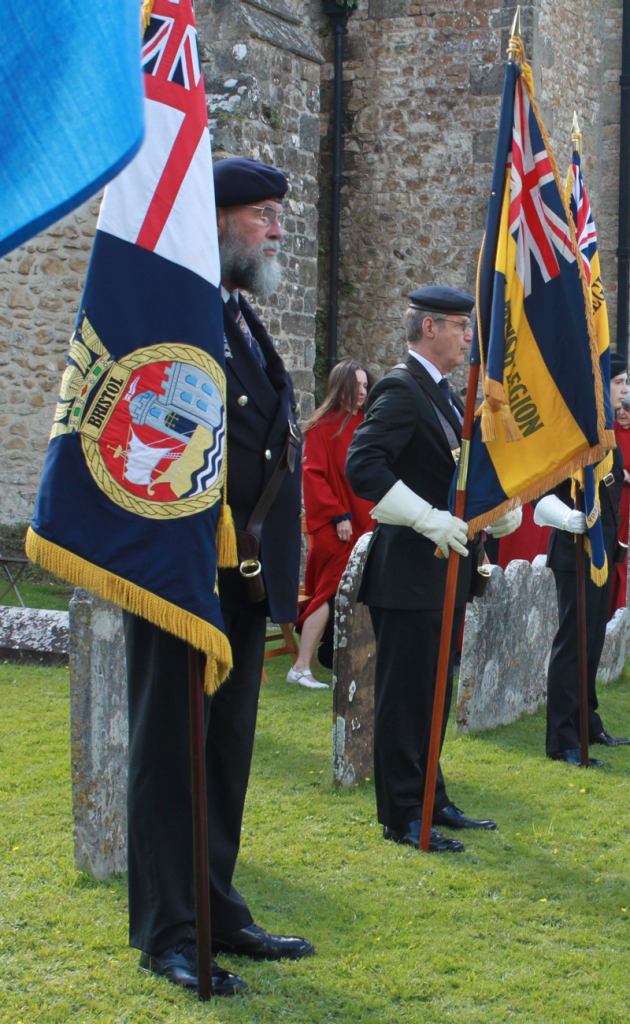
Across Sussex we are all busily shopping and preparing for Christmas.
The must have bestselling toy of 1965 was the Corgi Toys James Bond Aston Martin DB5.
When Ian Fleming’s first spy novel Casino Royale was launched the reviewers delighted in the creation of James Bond and the initial print run sold out in less than a month. The glamorous world of Bond contrasted with post-war rationing and despite its critics the allure of its escapism seems to remain undiminished today.
The publisher Jonathan Cape produced less than five thousand copies of the first print run of Casino Royale in 1953. It is these earliest books of the first novel in the series which are the rarest and most valuable, especially when they are inscribed with a personal dedications from the author.
Goldfinger, the seventh novel in the series, was first published in 1959 and topped the best seller’s lists. This first edition with its original dust jacket made £600 in a Toovey’s specialist book sale. The film of the same title was inspired by the novel and released in 1964. It remains one of the most iconic Bond movies in the franchise. James Bond, played by Sean Connery, is pitted against Auric Goldfinger who plans to contaminate the United States’ gold reserves at Fort Knox with a nuclear device assisted by Pussy Galore and Odd Job.
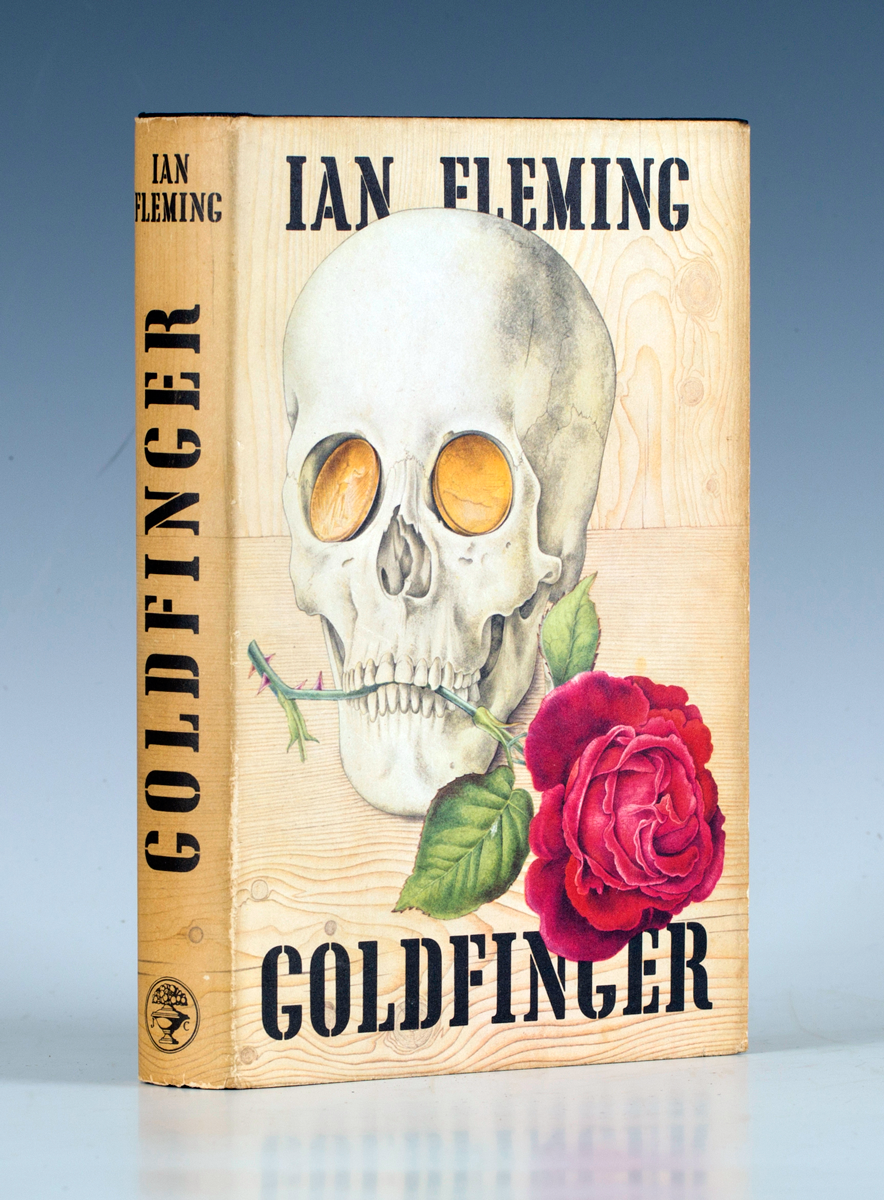
The international stage on which the story unfolds, the humour and the sequences with the famous Aston Martin DB5 involving its ejector seat, slicing wheel hubs, smoke and oil decoys, not to mention revolving number plates and machine guns provided a template for many of the Bond films that followed.
The DB5 appeared on a number of occasions during the Daniel Craig Bond era too.
Corgi Toys was licensed to produce the toy version of the Aston Martin. The Corgi range was produced in Swansea hence the Welsh Corgi dog logo and name.
A Corgi Toys No. 261 James Bond’s Aston Martin DB5 with its diorama box, two bandits and secret instructions like the one illustrated realised in excess of £200 at Toovey’s toy sale. The toy car was released in October 1965 just over a year after the film was released. The reason for the gold finish on the car was that whilst Corgi had gold paint it was not able to develop the silver in time. Corgi Toys sold more than 100,000 cars in only the first few weeks and would go on to make almost four million of them.
All this talk of James Bond it’s put me in the mood to watch Goldfinger again and dig out my later, silver Corgi Toys James Bond Aston Martin DB5!

